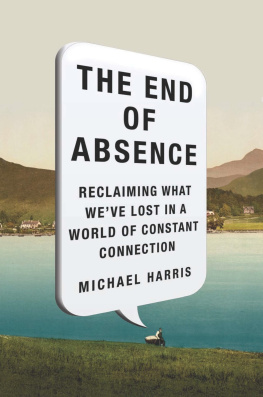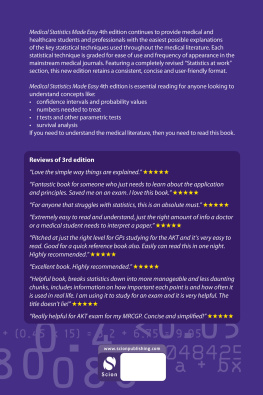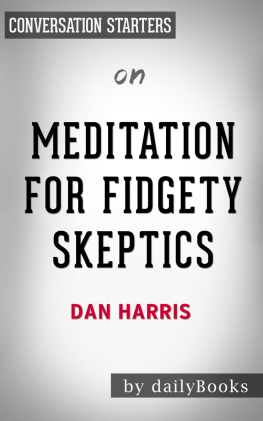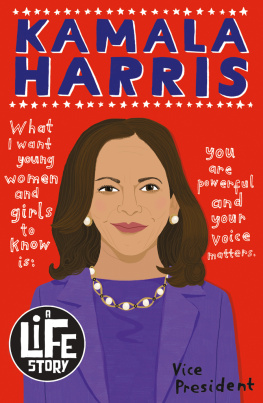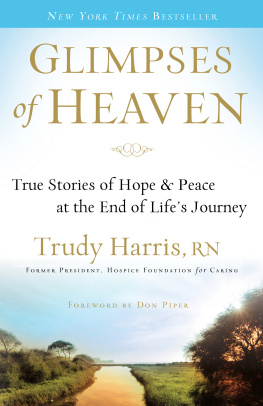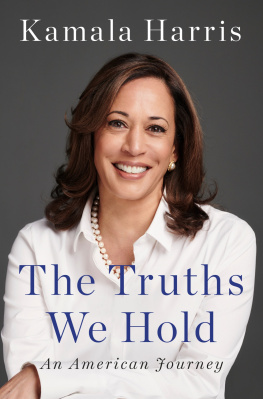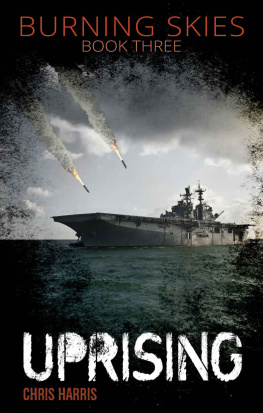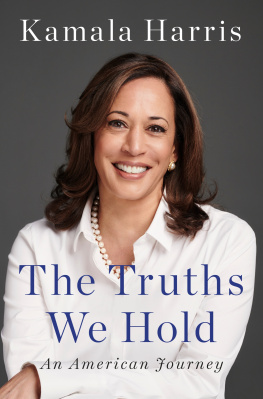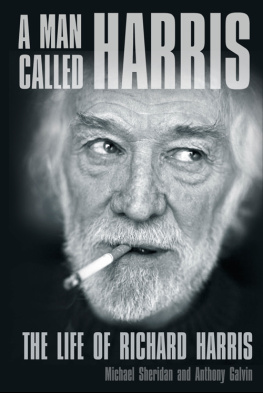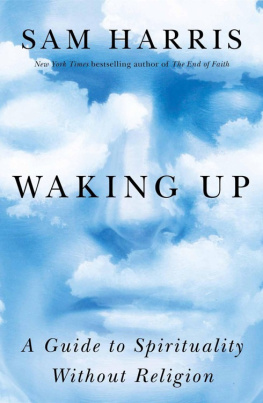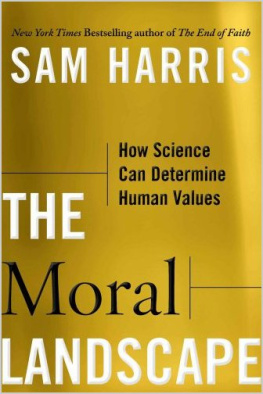Contents
Landmarks
Print Page List
ACKNOWLEDGEMENTS
This book was completed during the COVID-19 pandemic. Kindness seems to cost more during this gruelling period; so, thanking those who were kind enough to help me out (or drag me along) feels especially important.
My thanks to the dozens of experts who told me about their work, and especially to: Lynn Belanger, Kent Berridge, Don Gardner, Edith Hall, Daniel Lieberman, Matthew Pelowski, Jrgen Randers, and Dorrik Stow.
Thanks to Eugene Kim and Maki Yi for their careful translations.
Before the pandemic struck, I spent a month at the Banff Centre, and part of this book was written there. My thanks to all the faculty and participantsit was a charmed and inspiring time.
For writerly camaraderie, thanks to my dear Camp friends: Anne Casselman, Arno Kopecky, and James MacKinnon.
Im deeply indebted to my agents, Anne McDermid and Suzanne Brandreth, who shepherd things along with such care and wisdom.
Ward Hawkes and Martha Kanya-Forstner are both extraordinary editors whose kind counsel and level heads made this book possible. Thank you, both, for your belief in this book and for your profound patience.
There were times, writing these pages, when I felt less like an author and more like a thief, stealing ideas from my husband, Kenny Park. The best parts of this book are his.
I acknowledge the support of the Canada Council for the Arts.
Also by Michael Harris
The End of Absence: Reclaiming What Weve Lost in a World of Constant Connection
Solitude: In Pursuit of a Singular Life in a Crowded World
MICHAEL HARRIS is the bestselling author of The End of Absence and Solitude. A recipient of the Governor Generals Literary Award, he is also a faculty member in the Literary Journalism program at the Banff Centre and the writer of the award-winning podcast Command Line Heroes. He lives with his husband in Vancouver.
MichaelJohnHarris.com
@VancouverHarris
1
A PRETTY HILL
Wed been driving for several hours when we decided to pull off the highway and watch the world burn. Having passed the town of Hope, and climbed the Coquihalla Summit, my husband and I were now well into the wooded mountains of central British Columbia, and so had a view of the disaster. Above, the sun glowed scarlet through a perpetual haze of smoke. The sky was a wash of copper and bourbon, as it had been for most of that summer. Through miles of obscuring soot we could see thick columns of fresh grey where todays fires were burning. We had heard on the radio that more than a million hectares of forest would be lost.
At the rest stop there was a Dairy Queen, sitting alone on a cement promontory, contained and proud as a temple. The air in its parking lot was not breathable and so we went inside, where we met a uniformed young man who seemed surprised to have any company.
We bought two ice creams and stood at the window, observing the apocalypse as we ate. It had been many years since Id eaten Dairy Queen ice cream and I revelled in its sickly sweetness. Minutes later we threw out our plastic spoons and cups and spoiled napkins. Sated, we walked back to the car and, between the Dairy Queens entrance and the door of our Honda Civic, I noticed dark dots of something flying into my glasses, onto my T-shirt. I looked up, into the bruised sky, and saw billions of black flecks swarming toward us. Ash was raining down.
This Was a couple seasons ago. We have since learned to pack masks and also to check the fire report before travelling in summer.
Looking back at that moment, it does seem like an omen. The world scorched while we blithely ate our ice cream. And if we could ignore that omen, it was only because omens had grown so commonplace. Glaciers melted and calved; the planets biodiversity collapsed. Epic variations on a single theme: the material world was trembling with coming change. The status quo was cracking against the limits of real life.
I didnt know it yet, but there were other omens coming. A pandemic was coming for everyone. A separate catastrophe was coming for my family. And everywhere there hovered a premonition that life, as it had been laid out for us, was insupportable.
Meanwhile, we ate our ice cream. Ordinary days proceeded, requiring a cognitive dissonance, a willful blindness to the emergency at hand. Slowly, though, an awareness of this hypocrisy built up in my mind. I would debate with my husband the uselessness of trying to change (and then its necessity); Id read an article and look up to find every item in our home radiating with its own toxic cost; and all these moments slipped over my vision like successive lenses, slowly bringing things into focus. Finally it couldnt be denied: the consumer culture surrounding me was a feeble kind of artifice, a simplistic storyand that story was ending.
Still, like most, I held on to the dream Id been given, the dream of consumer happiness. It was shining still on television, in magazines, and in every luxurious household I entered. I held on to this dream even as it grew preposterous and obscene.
The consumer story hung around me, as it hung around everyone I knew. It coloured what we saw, infected every breath, and usually felt like a natural, everlasting part of the world. Some stories are like thatthey draw us in to a fabricated forever-moment, suspend us outside the torrent of real history.
Abandoning the consumer story, finding some new mode of being, seemed as crucial as it was unlikely. But I decided to make a beginning, at least. And I decided that beginning would be where consumption ends: the landfill.
Id never been before, never had a reason. Landfills hold what we want to forget. But maybe there was another explanation for my avoidance: landfills hold what we want forgiven. Things used, things broken, things lost both with regret and without. To pause a moment and tally all we toss is to register the expenses that undergird our precious consumer cultureit is to look at what we have and all we enjoy as an unsustainable spree, an untenable little tale.
On arrival at Vancouvers landfill, I met a woman called Lynn, my City-appointed guide. She was friendly and nononsense in steel-toed boots and a reflective safety vest. I liked her, liked how proud she was of the landfills work.
We climbed a hill of garbage. I could see bits of metal, cables, chairs, bottles, bags of whatever should or shouldnt be there. All the things my city had wanted once but wanted no more. A monster truck cruised over it alleach steel-studded tire weighing more than seven thousand poundsstamping and squashing the garbage into the shape of a gentle hill. Once the driver was satisfied with his mound, the garbage would be given a plastic cap and topped with soil and grass seed. It would be turned into an idea of nature, a sweet hill with asbestos running through it in a vein of fibrous silver.
At the hills crest I met a dun-coloured eagle. A juvenile, I supposed. It was busy sorting through scraps of rotten food and tangles of plastic. Eventually the bird tired, or else had its fill of apple cores and shopping bags. With a great heave it went skyward and then down again, perching on a fencepost ten feet from my face. The creature ignored me and stared back at the expanse of junk. To its left, on the next post, another eagle stood; and there was another on the post after that. Soon I realized there were hundreds of eagles standing sentry on that fence, circling a portion of the landfill, their scavenger stares meeting at the heap where my citys freshest trash had been piled. I studied them a while but at last followed their collective gaze back toward the promising field of garbage. We were like stone gargoyles then, the eagles and I, staring inward at the place where a cathedral ought to be.


